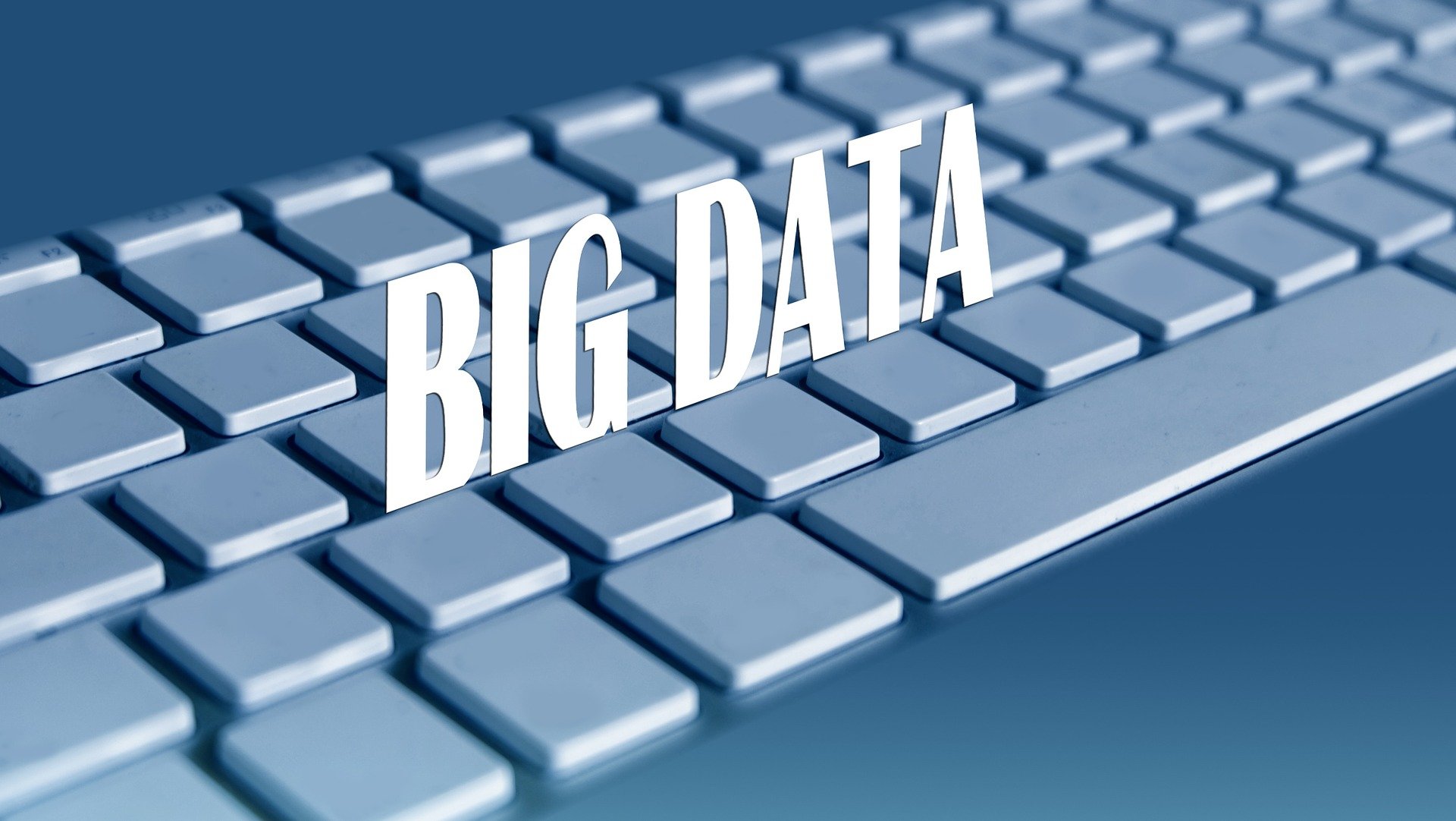What You Need to Setting Up a Proper Database for Big Data

The traditional MySQL relational databases are no longer suitable for handling Big Data, as the complexity and volume of data have grown exponentially. The limitations of relational databases make it difficult for managing Big Data. At the time of designing the traditional relational databases, the nature of data was less complex than it is today, and its volume was not as impressive either. The technology thus considered availability and consistency as the driving factors in the design so that databases could handle the low amount of complex queries. Even today, if your data belongs to this category MySQL databases would work fine. However, according to the experts if your applications grow in complexity and volume, converting into Big Data then you would find relational databases costly to scale up, and its response would be slow.
Database for Big Data
For handling Big Data, the professionals at RemoteDBA.com suggest using databases that use the technology of distributed systems by efficiently using network partitioning to scale database performance while keeping the cost of hardware low. What kind of data your organization handles and the kind of applications for which you intend to use it would determine the type of database that would be suitable. It requires careful evaluation of the database model before you decide which kind of database can handle the Big Data infrastructure.
Relational databases and Big Data
Scaling is the central feature of databases that handle Big Data that relies on partition tolerant horizontal scaling by adding more nodes to the system. It does away with the need of adding more hardware to the system for increasing storage and memory as done for scaling up relational databases that rely on vertical scaling. The Big Data model of databases takes a different approach to achieving availability and consistency by adding more partitions and splitting data between nodes. Here are some options for Big Data databases that you could try out.
Apache Cassandra
This NoSQL database management system is available open source and is capable of handling vast volume of complex data across several servers. It ensures high availability with least or no failure at any single point. It offers splendid support spread over several data centers. It is capable of asynchronous master replication that allows low latency operations for all users. The focus of Apache Cassandra is on performance, and it is a suitable choice for banks that handle large data and many queries.
Apache HBase
The HBase database for Big Data built on the foundation of Google’s Big Table and written in Java is capable of delivering fewer configurations on availability but a high level of consistency. It runs on Hadoop Distributed File Systems (HDFS) that provides Hadoop with Big Table like capabilities. It allows storing large quantities of sparse data in a fault tolerant manner. It provides real time read/write access to large datasets. The database scales linearly to handle datasets spread over millions of columns and billions of rows.
Cassandra with its high performance and scalability is an attractive choice for banks.






